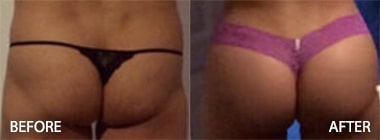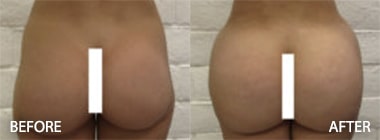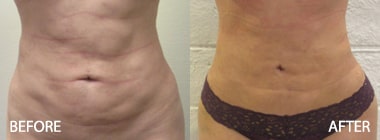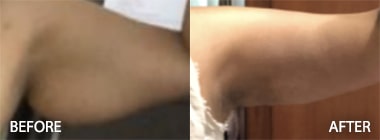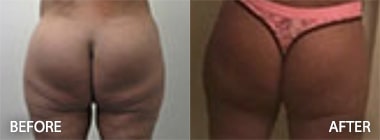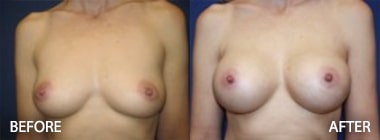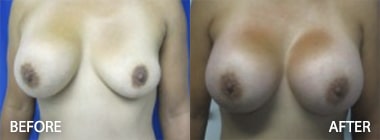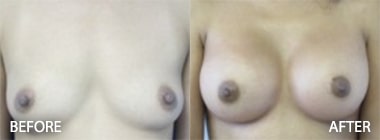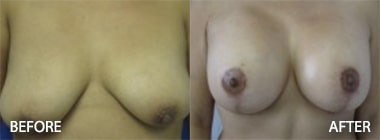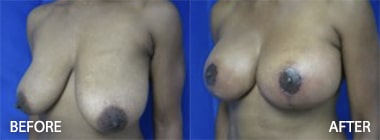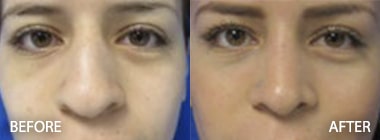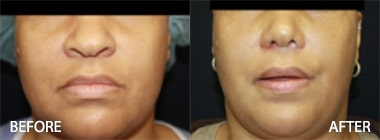In a NY Times article in 2002 called Liposuction Grows Safer As Less Fat Is Removed articulated the premise that the liposuction was safer with less fat removed. This is largely self-evident to plastic surgeons and the public at large. Certainly, less fat can be removed at a given time. Certainly, this would be safer when examined in only that context and without the benefit of much more comprehensive view of surgery and surgical goals.
Dr. Kenneth Hughes, a Harvard-trained, board-certified plastic surgeon, is a liposuction expert in Los Angeles and Beverly Hills and has performed thousands of liposuction procedures. The goal of any surgery should be to achieve patient satisfaction in one surgery. The goal should not be to have revision surgery, which is the cause for many complications due to scar tissue and false tissue planes from previous surgery. Liposuction procedures average about 400,000 procedures per year. The article quoted a risk of death, which in 1998 was 1 in 5,000, according to results of more than 94,000 procedures reviewed in the March/April 2001 issue of Aesthetic Surgery Journal. Some groups promoted larger fat volume removals as a method to produce significant decreases in systolic blood pressure, fasting insulin levels and total body weight that could possibly improve overall health. Though those results have not really been borne out or sought, liposuction remains a very popular procedure due to its effectiveness.
However, the revision rate may be 25% or higher in some practices. What are the reasons for such a high number of revisions?
The first reason is that many doctors view the procedure as easy or mundane and think that anyone can make an incision and remove fat. Though this is true, even a few poorly performed strokes can result in damage to internal structures and creation of contour deformities that can be very difficult if not impossible to correct. Many of these surgeries are done very conservatively to make the surgery easier for the surgeon not for the benefit of the patient. In fact, the less fat that is removed the less the probability that contour deformities are created.
However, the goal should be to remove a significant amount of fat without complications or deformities. This uniform and smooth liposuction paradigm is difficult to teach and many surgeons can never really achieve this level. The technical concerns are manifold but suffice it to say that visual inspection and tactile palpation and proprioception are absolutely vital to both performing the procedure and evaluating the process and endpoint.
In the end, it is this proficiency that results in a few plastic surgeons being much more sought after than others.
As an example of what should be the rationale for endpoint of all liposuction procedures, consider this scenario: A patient comes to the office for liposuction of the abdomen, sides, lower back, and bra rolls with the goal of achieving the smallest waist possible for her physique. The volume of fat to remove is 3.5 liters. If less than 1 liter of fat is removed, the patient will look improved but will not achieve the result that is desired. That patient if returning to the same surgeon may undergo a secondary procedure in which that same surgeon removes 500 cc of fat, once again with some improvement in contour. However, taken in total, the overall volumetric removal of fat is only 1500 cc out of a possible 3500 cc of fat. Some now after two surgeries with attendant risks of skin death, fat death (fat necrosis), poor scarring, dents, deformities, nerve damage, etc with each surgery the patient has a suboptimal improvement and likely has some irregularity of the liposuctioned areas to boot.
This same patient could go to another surgeon and receive liposuction which removes 3 liters of fat, which results in a dramatic reduction in waist. However, the liposuction is not done smoothly, and the patient has a lumpy, bumpy, deformed abdomen, which even after several revisions will not produce the once smooth abdomen prior to surgery.
In the third variation of this scenario, the patient comes to see Dr. Kenneth Hughes. Dr. Kenneth Hughes will remove the maximal amount of fat possible. This result will result in the smallest possible waist for that patient. Also, the liposuctioned areas will be even and smooth, and the patient will have a dramatic improvement in contour without looking as though any surgery has been performed.
Dr. Kenneth Hughes frequently combines Bodytite with liposuction to improve the skin and tissue at the time of liposuction or in cases of liposuction revision. In addition, many patients elect to have the liposuctioned fat transferred to the butt and hips in a procedure called a Brazilian buttlift or BBL.
